This year many organizations will kick off edge projects. Since this is a hot space, the terms and content you come across may seem contradictory and confusing. What are the terms you’ll need to know to get started with Edge Computing?
Defining Edge Computing
It’s always good to define terms, so when you’re discussing projects everyone is speaking the same language. When learning about about Edge computing, here are some of the terms you’ll need to know:
-
Edge computing
A “mesh network of micro data centers that process or store critical data locally and push all received data to a central data center or cloud storage repository, in a footprint of less than 100 square feet,” according to research firm IDC (via Networking World).
-
Micro datacenter
A micro-datacenter (MDC) is a relatively small, modular system that serves smaller businesses or provides additional resources for an enterprise. An average container-based datacenter typically hosts dozens of servers and thousands of virtual machines (VMs) in a 40ft shipping container. In contrast, a micro-datacenter is likely to contain fewer than 10 servers and fewer than 100 VMs within a single 19in box. MDCs, like containerized data centers, feature built-in security systems, cooling systems and flood and fire protection (via TechTarget).
-
Fog computing
Cisco was the first to define Fog computing: “[fog computing] extends the cloud to be closer to the things that produce and act on IoT data. Another way to look at it: Fog computing pushes intelligence down to the local area network level of network architecture, processing data in a fog node or IoT gateway (via Automation World).
-
Internet of Things (IoT)
Any stand-alone internet-connected device that can be mnitored and/or controlled from a remote location is considered an IoT device. With more smaller, more powerful chips, almost all products can be an Internet of Things device (via Business Insider).
-
ROBO
ROBO stands for Remote Office/Branch Office. ROBO is computing for an office that is located in a different or remote geographical area. An organization may have a main office, as well as remote offices in another city, country or continent (via Techopedia).
Technical advances have made it possible to create small devices that can be used to monitor machines, people, and processes; creating massive amounts of data in the process. The challenge is creating architectures that exploit the value of the data. This is much different than putting minimal datacenter elements in a branch office to simplify sharing organizational data.. We now have the ability to not only create data from all sorts of sensors, but also bring the compute to this data in ways the require minimal if any human intervention.
Why Care About the Edge?
Now that you’re armed with definitions, why even have an Edge initiative? In the most general terms, it’s because you need to take computing power to where the data is. Some use cases:
- Decisions need to be made in real time, and you can’t wait for a round trip call back to your core datacenter or the cloud to do the processing. An example would be an autonomous car.
- The network is not powerful enough to send big sets of data back to your core datacenter. An example would be customer data generated in stores in rural areas.
- The network availability where data is being created is intermittent. An example would be data generated from sensors on windmills in remote locations.
Other Considerations
When building an Edge strategy, don’t forget to build in all of the other things required for compute in your core data center: disaster recovery, availability, security, data governance. Just as with cloud, your responsibility for the data doesn’t change if you shift compute to the Edge. Build how you’ll manage these aspects into your Edge plan, and use this to set expectations for your organization.
This is a very high level look at considerations for Edge computing. What are your plans for the Edge?




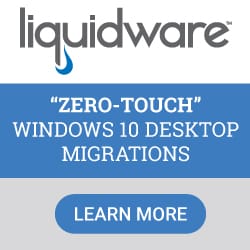

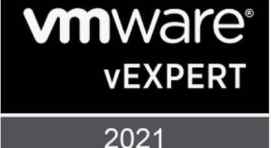
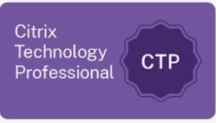
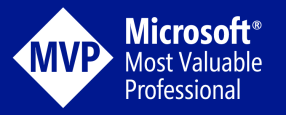



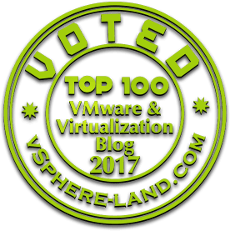
Would you consider local Virtual Desktops managed and brokered via Citrix Cloud a form of Edge Computing?
Hi Marcel. I’m torn on this…my first reaction is no, because it’s not really providing a means to compute data on the edge, just a way for users to interact with local or cloud data. What is your opinion on this?
It might be a different implementation of the same distributed concept with a central brain dictating policies and control and even some analogies you make resonate, but you are right, it is not the same.
I just saw this interview with Rob Hirschfeld, it is pretty good at teasing out the nuances.